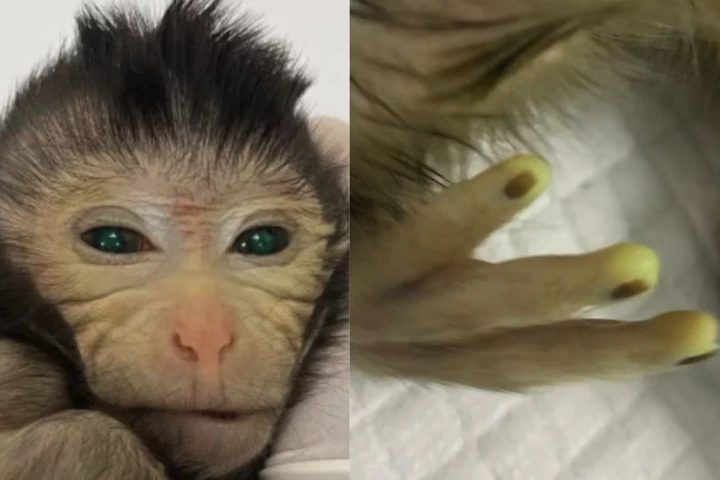Cloning
-
Like a plot mashup of Jurassic Park meets Game of Thrones, John Hammond meets Jon Snow, scientists at Colossal Biosciences claims to have pulled off the world's first de-extinction event. It's brought back the dire wolf.
-
Any sort of list is fraught with subjectivity, and perhaps none more so than one ranking the world's greatest technological achievements in order from 100 to one. This week, two tech experts bravely took on this historic task – and it's a wild ride.
-
While ethical questions abound, scientists have tweaked traditional SCNT cloning of mammals to produce the very first healthy rhesus monkey that has lived to adulthood. It’s the first successful cloning of a species notoriously hard to 'copy and paste.'
-
Cells from two genetically distinct macaque embryos have been combined, resulting in the first chimeric primate live birth. The newborn male's green glow reveals how large a part the injected stem cells played in development, stunning scientists.
-
Japanese scientists have successfully cloned mice from freeze-dried adult cells, which can be stored easily for long periods of time. The cloned mice were later able to have their own offspring, potentially aiding conservation of endangered species.
-
New research out of China has confirmed the birth of five-gene-edited monkey clones. Two recently published papers describe how a CRISPR-gene edited long-tailed macaque has been successfully cloned demonstrating the first time in the world a gene-edited monkey has been effectively cloned.
-
A new study from the German Cancer Research Center has revealed that the entire species of Marmorkrebs originate from a single mother crayfish, in a clonal reproduction that may help shed new light on processes in tumor development.
-
Since Dolly the sheep was cloned in 1996, scientists have used the same technique to clone mice, cows, and even dogs, but the process proved unsuccessful in primates - until now. A team of Chinese scientists has just announced the successful birth of two genetically identical long-tailed macaques.
-
If science fiction stories are to be believed, clones are never perfect copies of the original and things quickly get weird and messy when you start to clone a clone. In a new study, a team has made several clones of Snuppy, the world’s first cloned dog, and so far the results are pretty positive.
-
With various “de-extinction” projects in the works right now, researchers have published a paper analyzing the ecological benefits, risks and responsibilities of reintroducing once-extinct species into modern ecosystems.
-
Twenty years ago, the famous Dolly the sheep, the first large mammal successfully cloned from an adult cell, was born. Now four of her cloned offspring (twin sisters?) are providing science with a better understanding of the cloning process and showing that clones can live to a healthy old age.
-
Dutch artist Diemut Strebe has created a living replica of Vincent Van Gogh's ear, using DNA from one of his descendants. With a lifespan of 80 years or more, the ear could live as long as a person, according to the artist.
Load More











